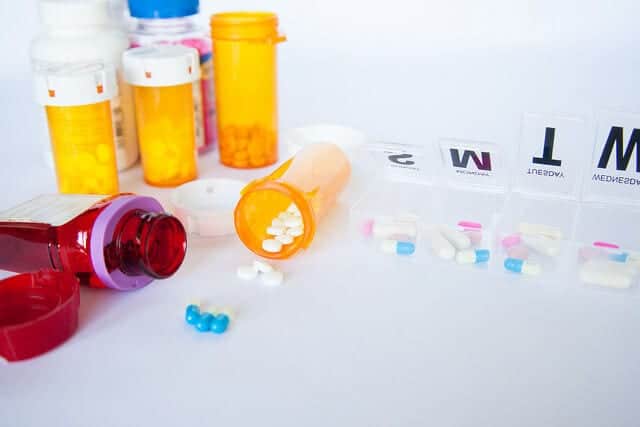Dangerous medication errors are on the rise, and vulnerable populations are at risk for serious medical outcomes, warns a new study.
The number of medication errors has doubled since 2000, report a team of researchers from Nationwide Children’s Hospital in Columbus, Ohio. In 2012, the rate of serious medication errors was 2.28 per 100,000 people, up from 1.09 per 100,000 people in 2000.

“Medication errors are a leading cause of injury and death among individuals of all ages in the United States,” report the study authors in Clinical Toxicology.
However, most previous research has assessed medication errors as they occur in medical facilities, such as hospitals. The new study looks at errors outside of the hospital and in a person’s home, where error rates have been rising significantly.
While the errors stack up, the only group that saw a decline in medication miscues was children under the age of 6. After 2005, mistakes among this age group started to decline. The researchers speculate that new guidance banning cough syrup that was released around that time had a positive impact on medication errors.
However, teenagers and adults saw no reprieve, and even the rates among children remain too high for comfort, note the study authors.
Related: At-Home Blood Pressure Monitoring Devices Are Often Inaccurate
“On an average, there were more than 5,200 non-health care facility medication errors resulting in serious medical outcomes reported to [poison control centers] annually during the 13-year study period,” write the researchers. “These exposures, which occurred primarily in the home, affected individuals of all ages and were associated with a wide variety of pharmaceuticals.”
The most common medical errors are linked to cardiovascular drugs, followed by painkillers. Products containing acetaminophen and opioids were most likely to result in misuse among the painkiller category, according to the study.
“Drug manufacturers and pharmacists have a role to play when it comes to reducing medication errors,” said co-author Henry Spiller, director of the Central Ohio Poison Center at Nationwide Children’s.
“There is room for improvement in product packaging and labeling. Dosing instructions could be made clearer, especially for patients and caregivers with limited literacy or numeracy,” added Spiller.
Parents and adults, especially those who administer drugs to others, should take caution and implement strategies to safeguard medication use, urge the study authors.
Related: FDA Warnings About Medications Aren’t Taken Seriously Enough
“Managing medications is an important skill for everyone, but parents and caregivers have the additional responsibility of managing others’ medications,” said lead author Dr. Nichole Hodges, research scientist in the Center for Injury Research and Policy at Nationwide Children’s.
“When a child needs medication, one of the best things to do is keep a written log of the day and time each medication is given to ensure the child stays on schedule and does not get extra doses,” suggests Hodges.
The study authors also encourage people to ask questions of their health care providers.
“Physicians and pharmacists can teach patients, parents, and caregivers how to take or give medications to minimize the likelihood of medication errors. Parents and patients can ask questions until they fully understand how and when to take medications. If a question arises at home, call your pharmacist or physician,” they add.
For more tips, access the study round-up.
Richard Scott is a health care reporter focusing on health policy and public health. Richard keeps tabs on national health trends from his Philadelphia location and is an active member of the Association of Health Care Journalists.


![How To: ‘Fix’ Crepey Skin [Watch]](https://cdn.vitalupdates.com/wp-content/uploads/2017/05/bhmdad.png)












